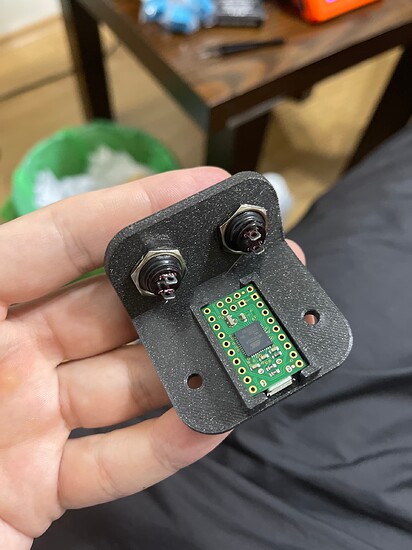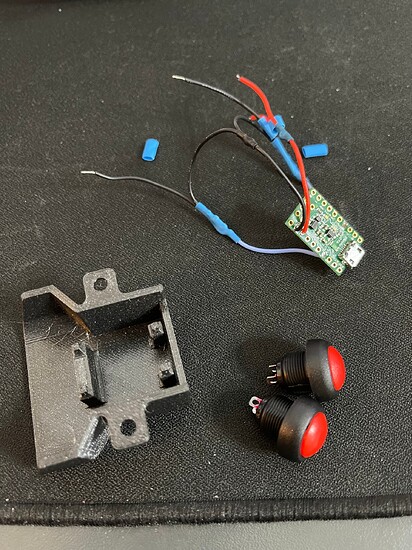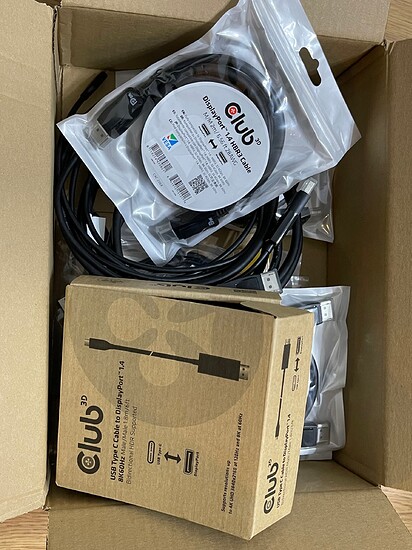Hey, how’s your remote going? Yesterday I built mine, tested keyboard commands with a simple script, works like a charm. Today i’m planing on finishing writing the script. My l1kvm is finally in my country, but still in delivery center, but I hope i’ll receive it till new years eve. Bought all new Club 3d cables, so excited to finishing up this project 

Here’s some pictures, i’m using buttons from AliExpress, box was “designed” by me on Fusion 360 (man it was not easy for such a noob like me, but youtube saved me), for arduino i’m using A-Star 32U4 Micro it’s so tiny




